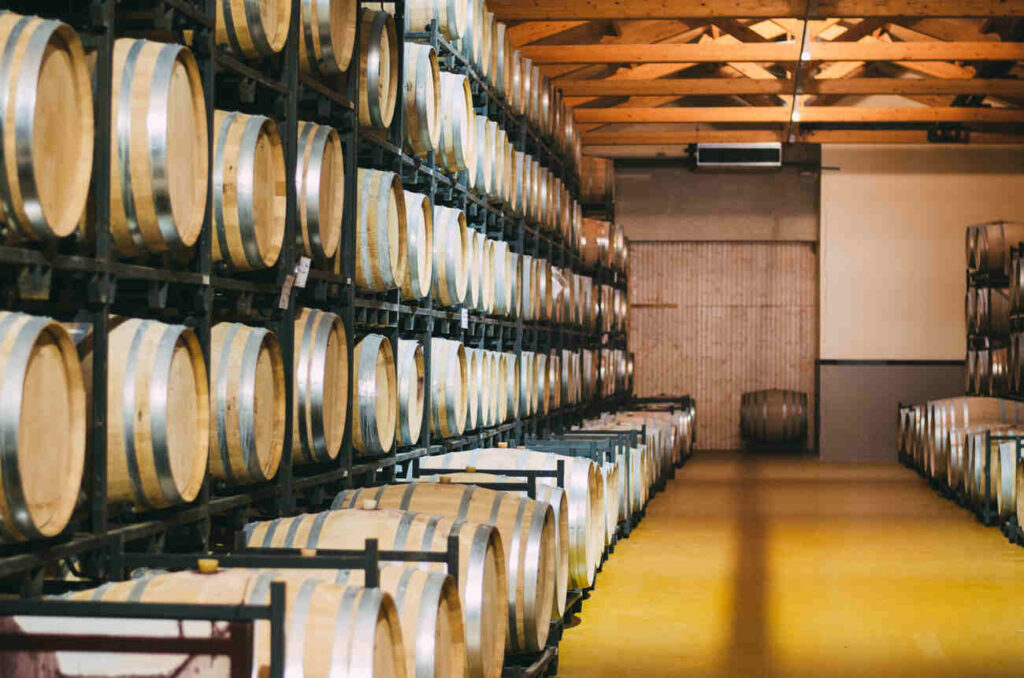At Protea Financial, we understand that managing inventory effectively is crucial for any successful winery. But it’s not just about keeping track of what’s in your warehouse; it’s about understanding the true cost of that inventory and how it impacts your profitability.
We often see wineries struggle with the intricacies of inventory costing methods and the connection to overall inventory management. Our goal here is to shed light on that vital link, offering valuable insights and practical strategies to help you optimize both aspects of your operations.
Understanding the Importance of Inventory Costing
Inventory costing goes beyond simply knowing the purchase price of your grapes or bottles. It involves accurately tracking all the costs associated with bringing your wine to market, including:
- Raw Materials: The cost of grapes, yeast, additives, barrels, etc., all make up the raw material costs for wineries.
- Production Costs: Labor, energy, equipment maintenance, and other expenses related to the winemaking process.
- Storage and Handling: Costs associated with storing and handling wine, including warehousing, temperature control, and insurance.
- Packaging and Labeling: Costs of bottles, labels, corks, and other packaging materials.
- Overhead Costs: A portion of your winery’s general overhead expenses, such as rent, utilities, and administrative costs, should be allocated to your inventory.
Accurate inventory costing is essential for several reasons:
- Pricing Decisions: Knowing the true cost of your wine allows you to set prices that ensure profitability.
- Financial Reporting: Accurate inventory costing is crucial for generating reliable financial statements and making informed business decisions.
- Inventory Management: Understanding the value of your inventory helps you make better decisions about production planning, purchasing, and sales.
- Tax Compliance: Proper inventory costing is essential for complying with tax regulations.
The Connection Between Inventory Costing and Inventory Management
Inventory costing and inventory management are intrinsically linked. Effective inventory management relies on accurate costing data to make informed decisions about:
- Production Planning: Knowing the cost of producing each wine helps you determine optimal production levels and avoid overstocking or stockouts.
- Purchasing: Accurate costing data allows you to negotiate better prices with suppliers and make informed purchasing decisions.
- Sales and Marketing: Understanding the profitability of different wines can guide your sales and marketing efforts.
- Inventory Optimization: By tracking the cost of inventory over time, you can identify slow-moving items and take steps to reduce holding costs.

Challenges in Inventory Costing and Management for Wineries
Wineries face unique challenges when it comes to inventory costing and management:
- Variable Costs: The cost of grapes and other raw materials can fluctuate significantly from year to year, making it challenging to track costs accurately.
- Aging Inventory: Wine improves with age, but this also means that inventory costs can increase over time due to storage and other factors.
- Vintage Variations: Each vintage has its own unique characteristics and production costs, requiring separate tracking and analysis.
- Complex Processes: Winemaking involves a complex series of processes, making it challenging to allocate costs accurately to each stage.
- Manual Processes: Many wineries still rely on manual processes for inventory tracking and costing, which can be time-consuming and error-prone.
Technology Solutions for Inventory Costing and Management
Fortunately, technology offers powerful solutions to address these challenges. At Protea Financial, we advocate for the use of integrated software systems that can automate many of the manual processes associated with inventory costing and management. These systems can provide:
- Automated Data Capture: Barcodes, RFID tags, and other technologies can automate the capture of inventory data, reducing errors and saving time.
- Real-Time Inventory Tracking: Software systems can provide real-time visibility into inventory levels, locations, and costs, enabling better decision-making.
- Accurate Cost Allocation: Sophisticated costing algorithms can accurately allocate costs to specific vintages, batches, and processes.
- Streamlined Reporting: Software systems can generate detailed reports on inventory costs, sales, and profitability, providing valuable insights.
- Improved Compliance: Technology can help wineries comply with regulatory requirements for inventory tracking and reporting.
Best Practices for Inventory Costing and Management
Here are some best practices we recommend to our clients for effective inventory costing and management:
- Choose the Right Costing Method: There are several different inventory costing methods, such as FIFO (First-In, First-Out), LIFO (Last-In, First-Out), and Weighted Average. Choose the method that best suits your business needs and accounting practices.
- Implement a Robust Inventory Management System: Invest in a comprehensive inventory management system that can track all aspects of your inventory, from raw materials to finished goods.
- Automate Data Capture: Use technology to automate data capture and reduce manual errors.
- Track Costs Accurately: Ensure that all costs associated with your inventory are tracked accurately and allocated appropriately.
- Regularly Review and Analyze Inventory Data: Monitor your inventory levels and costs regularly to identify trends and make informed decisions.
- Optimize Inventory Levels: Maintain optimal inventory levels to minimize holding costs and avoid stockouts.
- Train Your Staff: Ensure that your staff is properly trained on inventory management procedures and the use of any technology systems.

The Benefits of Effective Inventory Costing and Management
By implementing these best practices and leveraging technology, wineries can reap significant benefits:
- Improved Profitability: Accurate costing and efficient inventory management can lead to increased profitability by reducing costs and optimizing pricing.
- Enhanced Efficiency: Automated processes and real-time data can improve operational efficiency and free up staff for other tasks.
- Better Decision-Making: Accurate inventory data provides valuable insights for making informed business decisions.
- Reduced Risk: Effective inventory management can help mitigate risks associated with stockouts, overstocking, and spoilage.
- Improved Compliance: Technology can help ensure compliance with tax regulations and other reporting requirements.
Partner with Protea Financial for Inventory Success
At Protea Financial, we’re passionate about helping wineries succeed. We understand the complexities of inventory costing and management, and we’re here to provide expert guidance and support. Our team can help you implement best practices, select the right technology solutions, and optimize your inventory management processes to achieve your financial goals.
Contact Protea Financial today to learn more about how we can help you unlock the full potential of your inventory and drive your winery’s success.



